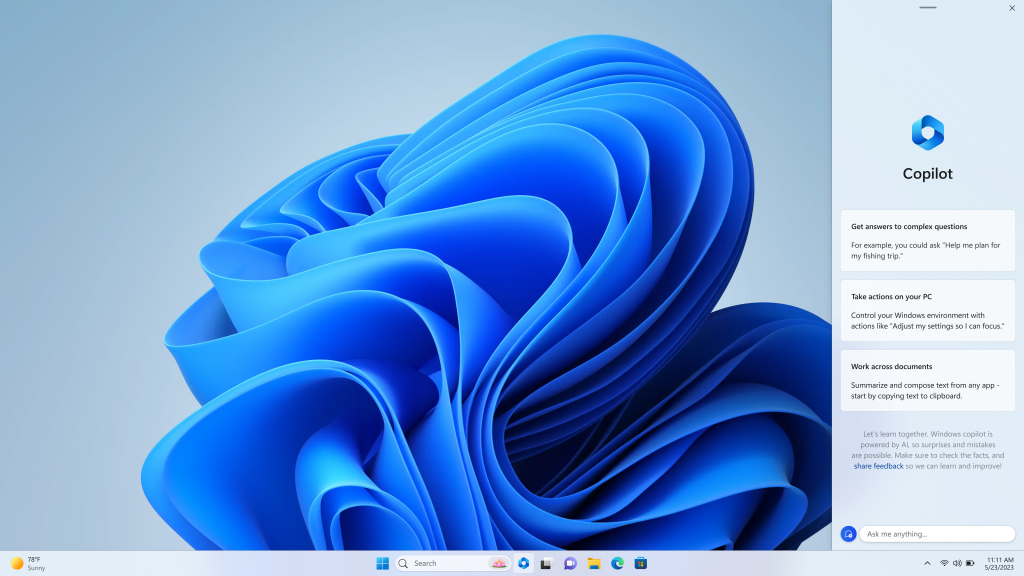As cloud computing becomes the backbone of modern application development, ensuring robust cloud security is paramount. Developers play a crucial role in safeguarding applications and data in the cloud. Below, we outline actionable cloud security best practices for developers to follow.
1. Understand Shared Responsibility in Cloud Security
Cloud security operates on a shared responsibility model, where the cloud service provider (CSP) secures the infrastructure, and developers are responsible for securing their applications, configurations, and data.
Developer Responsibilities:
• Secure application code.
• Configure cloud resources securely.
• Manage access controls and permissions effectively.
Example:
AWS provides tools like IAM (Identity and Access Management) for access control, but developers must configure these tools correctly.
2. Implement Strong Identity and Access Management (IAM)
IAM is critical to controlling who can access your cloud resources.
Best Practices:
• Principle of Least Privilege: Grant users and applications only the permissions they need.
• Use role-based access controls (RBAC) for resource management.
• Regularly audit and rotate access keys and credentials.
Tools to Use:
• AWS IAM, Azure Active Directory, Google Cloud IAM.
3. Encrypt Data Everywhere
Data encryption protects sensitive information in transit and at rest.
Best Practices:
• Enable SSL/TLS for data in transit.
• Use CSP-provided encryption services like AWS KMS or Azure Key Vault for data at rest.
• Regularly rotate encryption keys.
Tools to Use:
• OpenSSL for custom encryption.
• CSP-native encryption tools.
4. Secure API Endpoints
APIs are often the most exposed part of a cloud application.
Best Practices:
• Use API gateways to manage and secure API calls.
• Authenticate requests using tokens (e.g., OAuth2, JWT).
• Implement rate limiting and IP whitelisting to prevent abuse.
Tools to Use:
• AWS API Gateway, Azure API Management.
5. Adopt a Zero Trust Security Model
Zero Trust assumes that threats can originate both inside and outside the network.
Key Principles:
• Authenticate and authorize every request.
• Use micro-segmentation to limit access.
• Continuously monitor network activity.
Tools to Use:
• Zero Trust Network Access (ZTNA) solutions from CSPs.
6. Regularly Monitor and Audit Cloud Resources
Monitoring helps detect security breaches and misconfigurations early.
Best Practices:
• Use logging services like AWS CloudTrail or Azure Monitor.
• Set up alerts for suspicious activities.
• Conduct regular security audits and penetration testing.
7. Secure CI/CD Pipelines
Continuous Integration and Continuous Deployment (CI/CD) pipelines are integral to cloud development.
Best Practices:
• Store secrets (e.g., API keys, credentials) securely using secret management tools.
• Implement static and dynamic code analysis to detect vulnerabilities.
• Restrict access to pipeline configurations.
Tools to Use:
• HashiCorp Vault for secret management.
• Snyk for vulnerability detection.
8. Implement Network Security Measures
A robust network security strategy protects against external threats.
Best Practices:
• Use Virtual Private Clouds (VPCs) to isolate resources.
• Configure firewalls and security groups for traffic filtering.
• Enable DDoS protection services like AWS Shield or Azure DDoS Protection.
9. Patch and Update Regularly
Outdated software is a common attack vector.
Best Practices:
• Automate patch management using tools like AWS Systems Manager.
• Stay updated with CSP notifications about vulnerabilities and updates.
10. Educate and Train Your Team
Security is a team effort, and developers need ongoing training to stay ahead of threats.
Best Practices:
• Conduct regular workshops on cloud security.
• Use simulated attack scenarios to improve readiness.
Conclusion
Cloud security is a dynamic challenge requiring proactive measures. By following these best practices, developers can build and maintain secure, reliable cloud applications. Staying informed about the latest security trends and tools is key to safeguarding your cloud environment.








